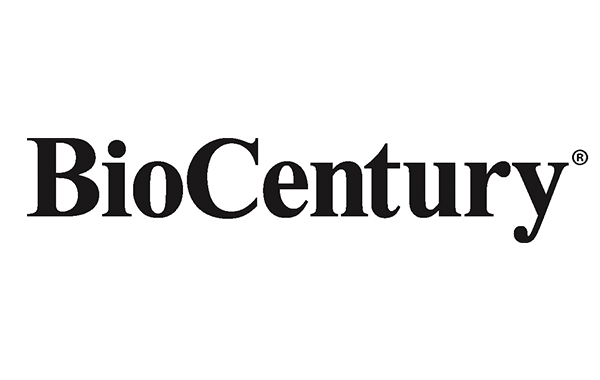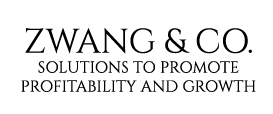
BioCentury Publications is headquartered in Redwood City, California, with offices in the U.S. and U.K. They are a leader in providing life sciences information and analysis to biotechnology and pharmaceutical companies, the venture and investment community, academic institutions and government organizations. They provide up to date information, focusing on corporate strategy, partnering, emerging technology, clinical data, public policy and the financial markets.
BioCentury publishes a daily, two weeklies and a monthly publication for its subscription-based clientele, in addition to a weekly TV show and numerous international conference events. In order to better serve the changing requirements of their subscriber base, they needed to take a look at strategies for content deployment, aggregation and licensing in the company.
They had created their own publishing system that was becoming old and expensive and time consuming to maintain. It was determined that any new platform would need to be somewhat out of the box, easy, and cost efficient to maintain. After a project scoping and planning process, it was determined that this project should be approached in two phases in order to minimize the impact on the current publishing products. Woodwing was selected as the platform because of its experience, global presence and high levels of adoption. We selected the best software solution as the base in order to allow BioCentury to focus their efforts on content creation and publishing and not on developing production systems.
Phase one was structured to address the areas where the most impact would be felt—the editorial and production processes. We implemented the content and workflow infrastructure as well as the editorial and production tools and workflow. Since it was a perfect opportunity to refresh the publications, we also worked with the company leadership to update designs and branding for the legacy PDF and HTML distribution, in addition to the new tablet and mobile editions. This phase reduced their labor and time in excess of 30%, including the addition of the new platforms.
Phase two addressed their website, and a better integration of their publishing processes with their subscriber side offerings. This new website allowed for more product opportunities, and the leveraging of all the different publications and editions with their other data and product offerings.
